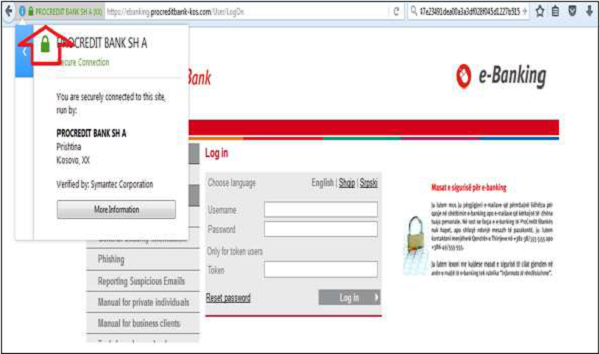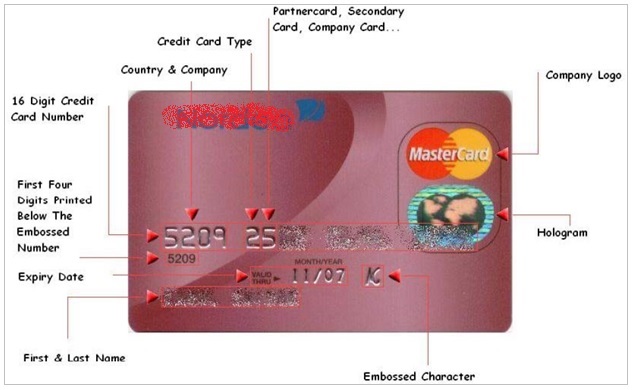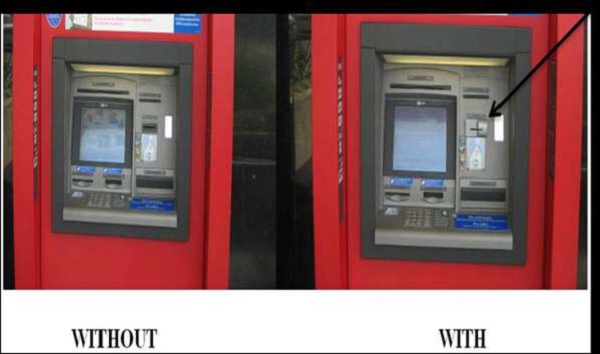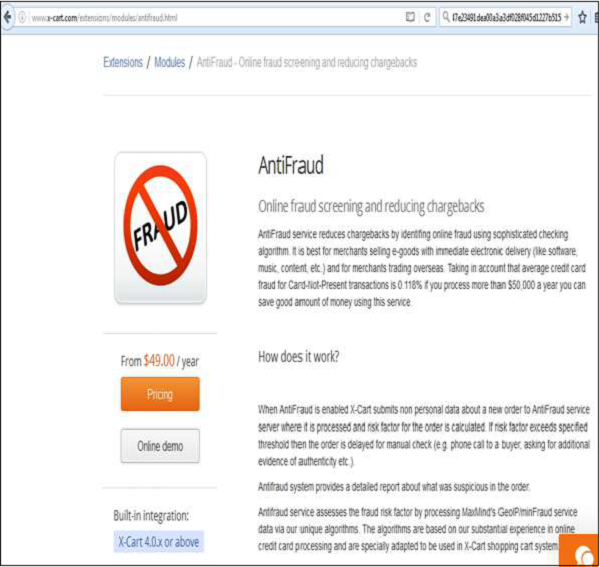
- Internet Security Tutorial
- Internet Security - Home
- Internet Security - Overview
- Internet Security - Cookies
- Internet Security - Phishing
- Internet Security - Social Network
- Internet Security - Chrome
- Internet Security - Mozilla
- Internet Security - Explorer
- Internet Security - Safari
- Internet Security - Gaming
- Internet Security - Child Safety
- Internet Security - Spamming
- Internet Security - Chatting
- Internet Security - File Download
- Internet Security - Transactions
- Internet Security - Banking
- Internet Security - e-Commerce
- Internet Security - Certificates
- Internet Security - Email Security
- Internet Security - Identity Theft
- Internet Security - Cybercrime
- Internet Security - Laws
- Internet Security - Checklist
- Internet Security Useful Resources
- Internet Security - Quick Guide
- Internet Security - Useful Resources
- Internet Security - Discussion
Internet Security - Banking
In this chapter, we will deal with banking security issues related to e-banking or the so called Internet banking, and credit or debit cards based security issues.
E-banking is an electronic payment gateway which enables all the customers of a bank to do banking transactions through their computers without the need to go physically to the bank.
Normally to create an e-banking account the client has to go physically to the bank to be able to open it and authenticate it when it opens. A customer can link this account with their loans, current account and many other bank products.
How to do an e-Banking Transaction Safely?
Always enter the e-banking link by typing it yourself and not through an arriving email it can be a phishing mail. Always connect through a secure connection to the website and check if the webpage is authenticated like in the following image, where the connection is a secure Https − and the authenticity of web I have checked it through the green bar which is a certificate which means that this web is pre-authenticated.

Be cautious of any unexpected or suspicious looking pop-ups that appear during your online banking session. Think about the process you normally go through to make a payment to someone – be suspicious if it differs from the last time you used it.
Never give anyone your login details in full either by email or over the phone – your bank will never request these in this way. Check your bank statements regularly and contact your bank immediately if you find any transactions that you did not authorize.
When you send money via your online bank account, always double check the amount you are sending as well as the account number and sort code you are sending it to.
Credit Cards
Generally, these cards are issues by card providers like banks and they are connected with the client’s bank accounts and help to make payments and as this too is being used more often increasing the possibilities of frauds.

Credit card fraud is a theft carried out by using a credit card or any alike payment mechanism as a fake source for fraud transaction. A common type of fraud happens when an offender purchases an item online, by utilizing a credit card number that they have obtained in unethical ways.
Credit card transactions are obtained by −
- Credit card generator site on the Internet.
- Unethical merchant spreading credit card data of their clients.
- Hackers can get the data from a skimmer, which is a hardware that the hackers put in the ATMs or a POS.
- By finding discarded copies of vouchers.
- By hacking computers where the credit card details are stored in a cache.

Credit Card Generator
The most commonly used tool for cracking credit cards is Credit Card Generator (www.darkcodign.net). This Credit card generator is a command-line Python program which uses a .php script. It generates the credit card numbers that are used in the test ecommerce websites. It generates 13 and 16-digit VISA, MasterCard and Amex numbers. If installed, it can steal passwords and credit card numbers along with bank details.
Another one is called as the RockLegend’s Cool Card Generator, but there are not many details given about it.
Credit Card Fraud Detection Techniques
In this section we will discuss the various Credit Card Fraud Detection Techniques.
Pattern Detection
This technique marks a person as a fraudster if many orders are placed to be delivered at the same address by different credit cards.
If multiple orders are being sent from the same IP address.
If the credit card changes by a few digits.
If the person submits the same credit card with different expiry dates.
Fraud Screening Detection
This technique is developed by Visa and it detects fraud possibilities based on a score where 150 order variables are taken into consideration.
Xcart: Online Fraud Screening Service
For more details on this online fraud screening service, you can logon to – http://www.xcart.com/extensions/modules/antifraud.html

Card Watch
This is an incentive for UK Banks to raise the awareness of Card Fraud Prevention. You can get more information about this from the following link – http://www.cardwatch.org.uk
MaxMind Credit Card Fraud detection
You can get more information about this from the following link – https://www.maxmind.com/en/home
This is also a leading platform that leads in detecting potential card frauds and it was developed by proprietary technologies. It analyses the scores’ risk factor or each online transaction in real time, so for the merchant they need less time to analyze the transactions.
Best Practices to Protect your Bank Transactions
Following are a few pointers, which are necessary to be remembered while making any transactions.
- Protect your security code always by a hand while entering it in an ATM or POS.
- Never leave unattended credit cards.
- Check your credit card transactions after any purchase.
- Keep separate credit cards in the wallet if possible.
- Keep a record of account number and expiry dates in a safe place.
- Never sign a blank bank receipt.
- Destroy your unused cards or bank statements by burning or destroying them properly.
- Report stolen cards or documents immediately.
- Never give your bank details by phone or email.
- Report any susceptible charge in your card.